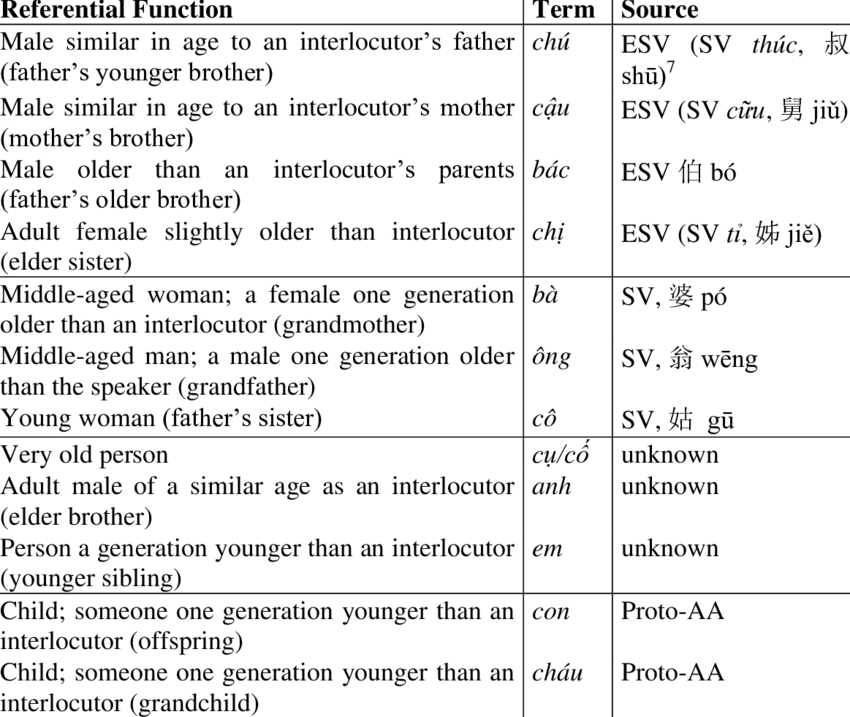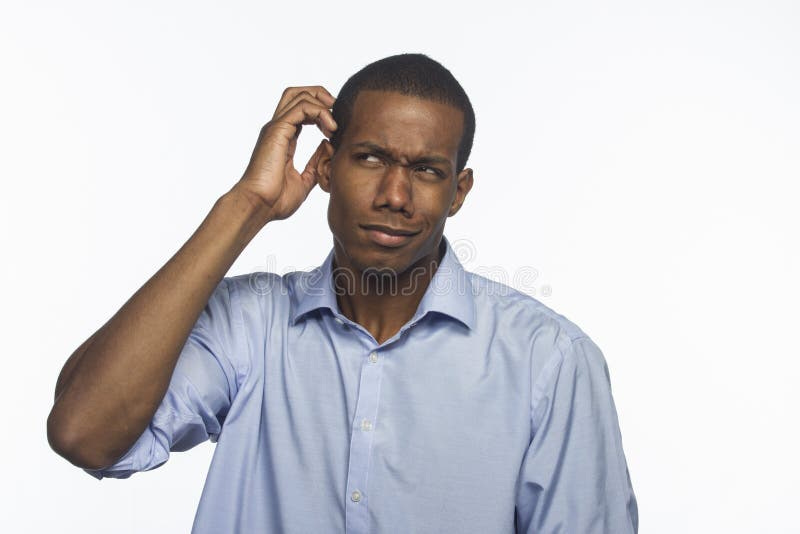Oh holy Vietnam!: The puzzle of Vietnamese Pronouns
The pronoun system is a special story of Vietnamese since it is insanely perplexing and deeply affects social communication (which requires equality, neutrality, subjectivity). For any foreigners who firstly encounter basic Vietnamese, pronouns often leave them with a frightening streak and pale face. You are not alone! As a native speaker myself, using that pronouns system on a daily basis, I’m certainly 100x more bewildered.
Overall, there are about 100 pronouns in Vietnam, including formality, informality, dialects, and adaptions. Depending on gender, age, and kind of relationships, different pronouns are used in a conversation. For example:
For singular first-person (I): tôi, ta, tớ, tui, tao, mình, cô, chú, bác, ông, anh, em, cậu, mợ, u, bầm, tía, trẫm, thiếp, etc.
For plural first-person (We): chúng tôi, bọn tôi, tụi tôi, chúng mình, bọn mình, tụi mình, chúng ta, bọn ta, tụi ta, chúng tớ, bọn tớ, chúng tớ, chúng tao, bọn tao, tụi tao, mấy chị, mấy cô, mấy bác, tụi anh, bọn anh, etc.
For singular second-person (you): bạn, cậu, mày, mi, bây, đằng nớ, cô, chú, bác, ông, anh, em, bậu, chàng, nàng, etc.
For plural second-person (you): các bạn, các cậu, tụi bay, tụi mày, (lũ) chúng mày, bọn mi, bọn bay, bọn mày, các con, bọn con, etc.
For singular third-person (he, she, it): nó, anh ấy, anh đó, anh kia, cô ấy, con đấy, con ấy, con kia, bạn ấy, bạn kia, ông ấy, anh ấy, dì ấy, chú ấy, bác ấy, etc.
For plural third-person (they): họ, bọn họ, lũ chúng nó, etc.
When I was little, I found it so confusing to figure out the right pronouns in different social situations and settings. Therefore, I created my own rules of thumb:
For anyone who is handsome/ has the potential of being my future husband: anh
For anyone who is married: chú/ cô
For anyone who is going bald/ has beer belly/ has >50% of grey hair: bác
For anyone who has grandchildren/ walk slow/ full grey hair: ông/ bà
Yes, I know these are discriminative and body shaming, but what can you expect from a confusing 5-year-old child trying to solve its mother tongue riddle? Sadly, these rules don’t last long for several reasons.
As I grow up and be in a relationship, the pronoun again gets in the way. For most couples, “anh-em” is the norm and everybody automatically uses that to show affection. However, when I was in a homosexual relationship, I couldn’t use “anh-em” because we’re basically both girls. We couldn’t also use “em-em”, which sounded freaky as hell. We’re also at the same age, so “chị-em” was inapplicable. Calling each other names or “cậu-tớ”, “bạn-mình” was even weirder. We then ended up calling “mày-tao” (the pronouns for homies). The takeaway is: Don’t get involved in gay relationships in Vietnam.
I tutor English at a pretty young age and encounter another problem with pronouns when I speak to my students’ parents. They keep calling me “em”, meanwhile with that age and look, I suppose to call them “cô, chú” or “bác”! I even used to avoid pronouns when speaking to a father of my student. It was normal to call his wife “chị”, but would be 100x slutty if I call him “anh” (due to the huge age gap in marriage, he is a lot older). I was afraid that, by using the right pronoun, I would upset him by reminding how aged and decrepit he was, so I just ditched the pronouns or dropped my voice to the lowest when using “bác” with him.
Last word:
We’re Vietnamese ourselves but still so baffled by the pronoun system every day. Recently there is even a heated debate whether teachers should call their students “con” or “em”, which seems pretty hilarious (you can read it here). To me, despite the venting, I still love Vietnamese, love its beautiful, flexible grammar and wordings. Vietnamese is like a girl, mystifying, complicated, yet intriguing and deadly gorgeous.
Reference: https://ling-app.com/vi/vietnamese-pronouns/
***
Oh holy Vietnam! is a project where I write about little things I find hilarious about Vietnam and its distinctive culture after 18 years of being a local. This project aims at sharing funny slices of life, thereby depicting a diverse, colorful, and thriving Vietnam – a dynamic Southeast country. This project is a cultural scream to my foreign friends “Yes, we do have other lives besides guerillas and paddy fields!”



